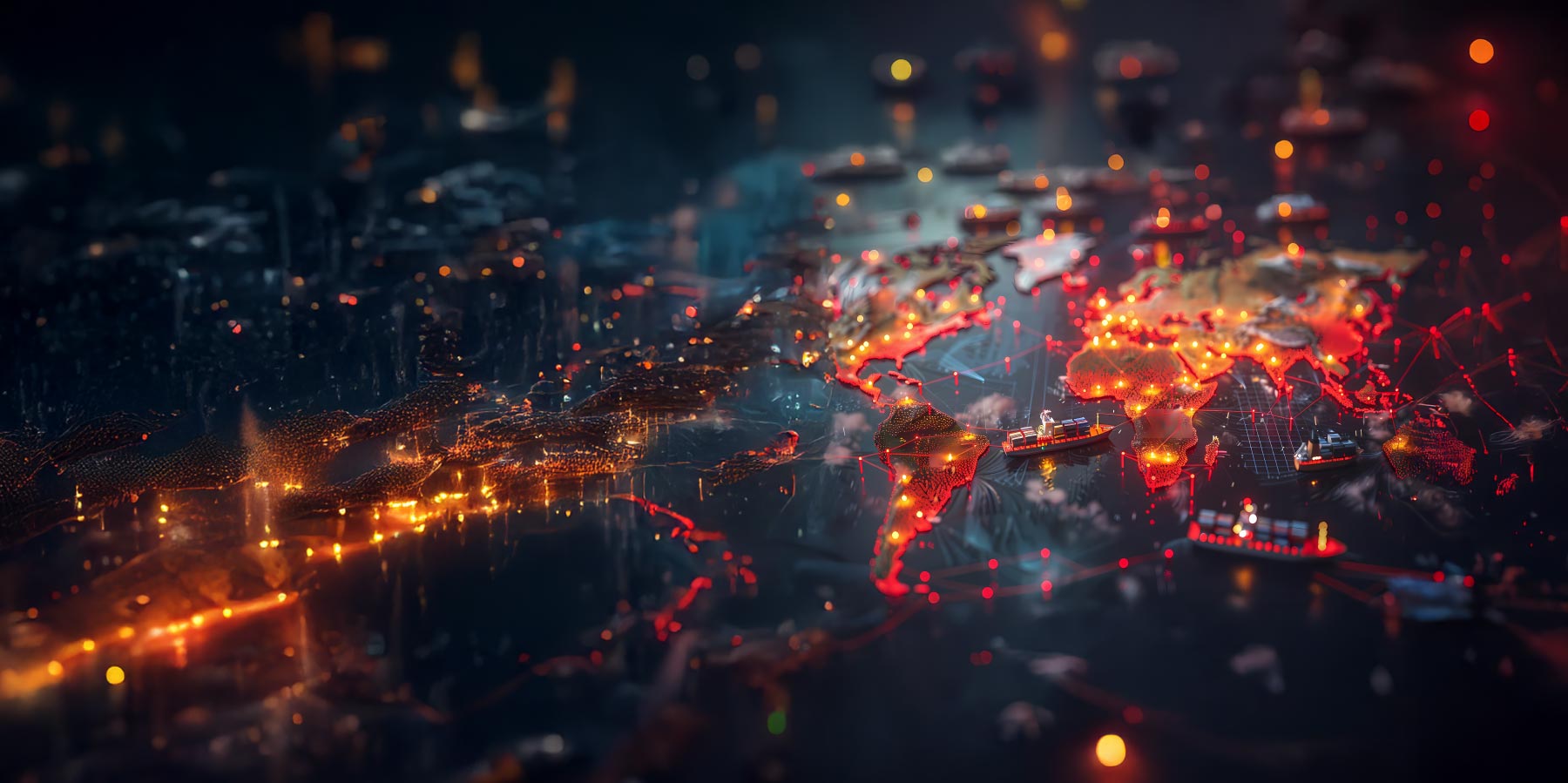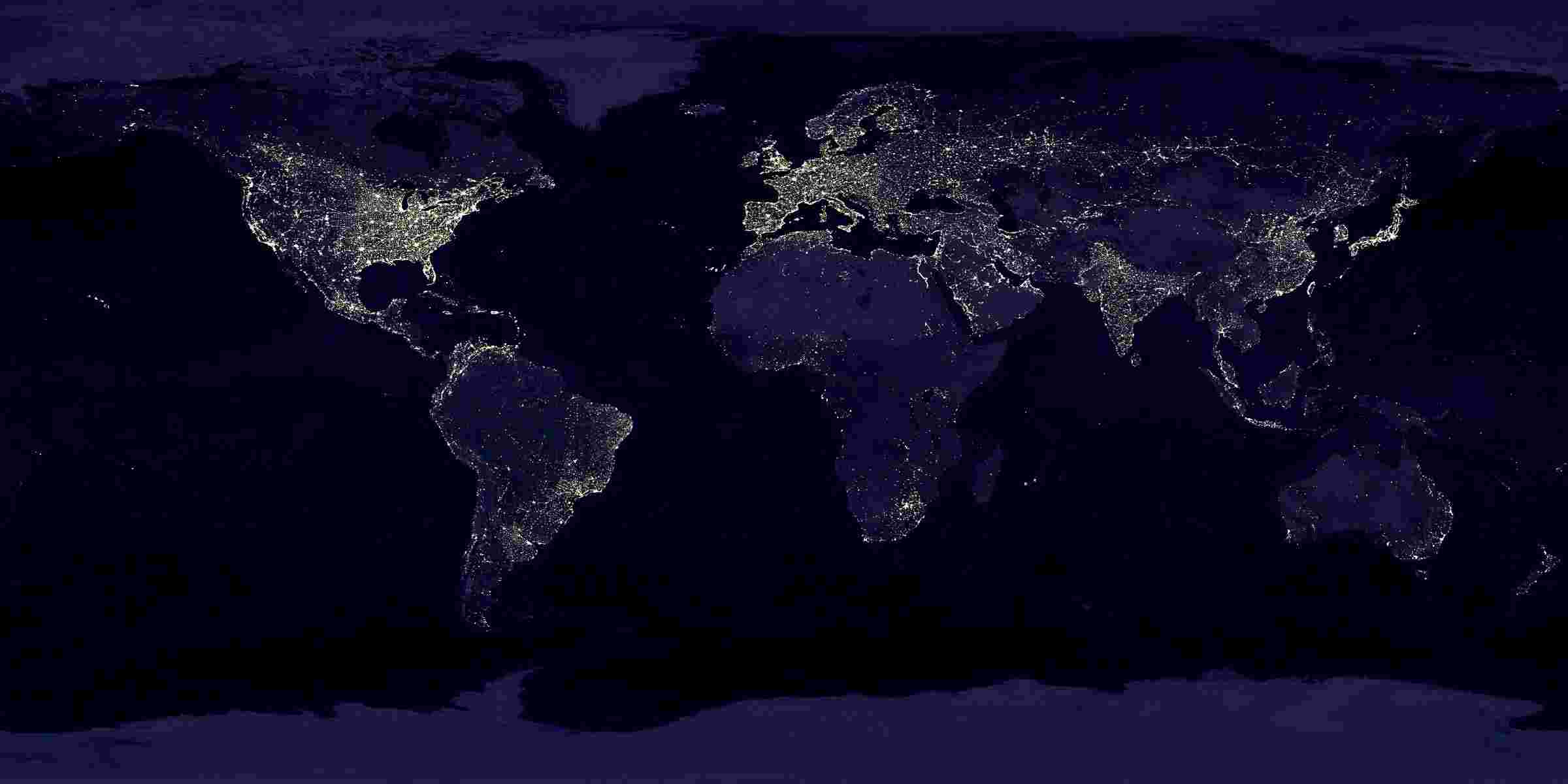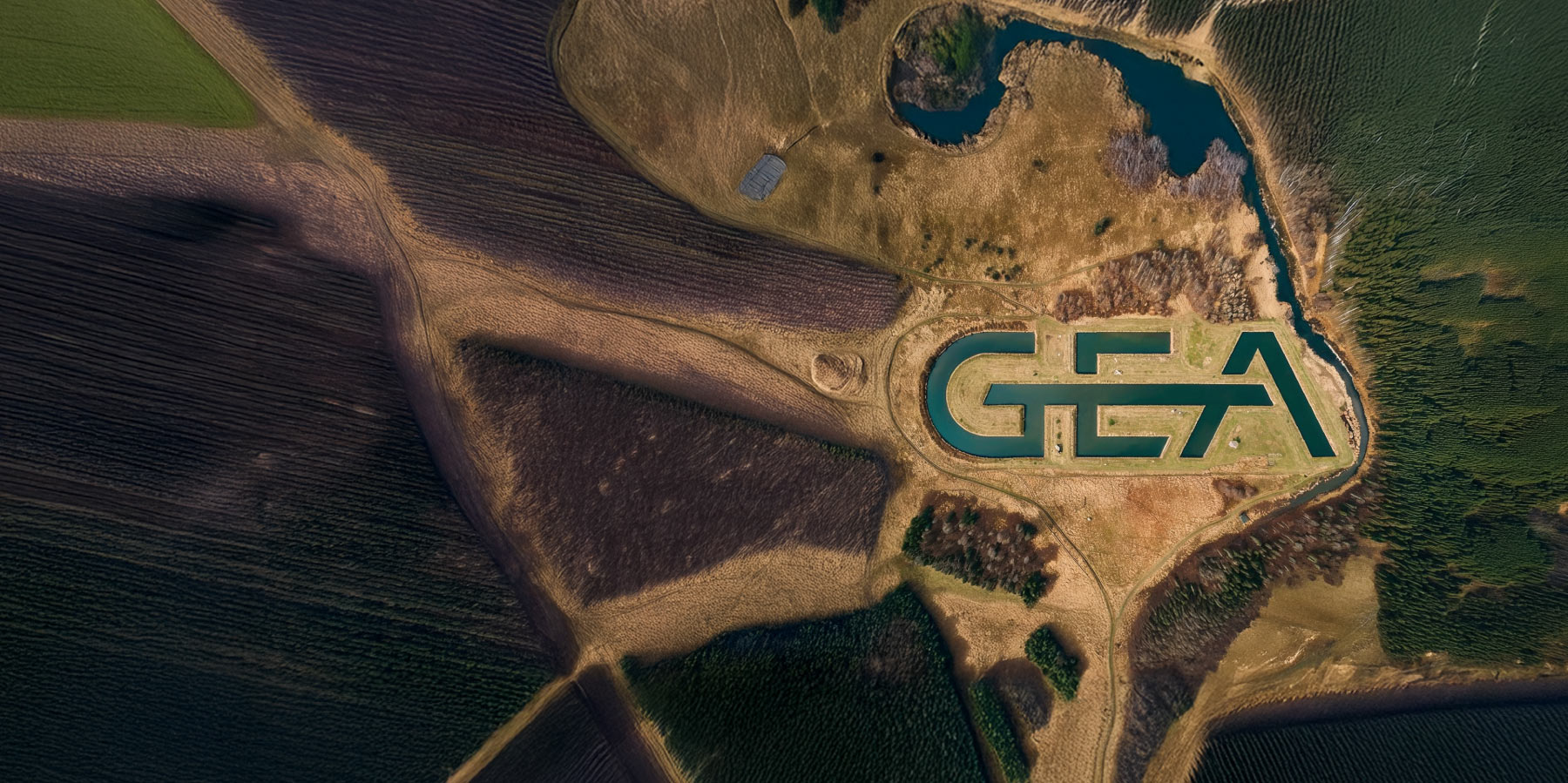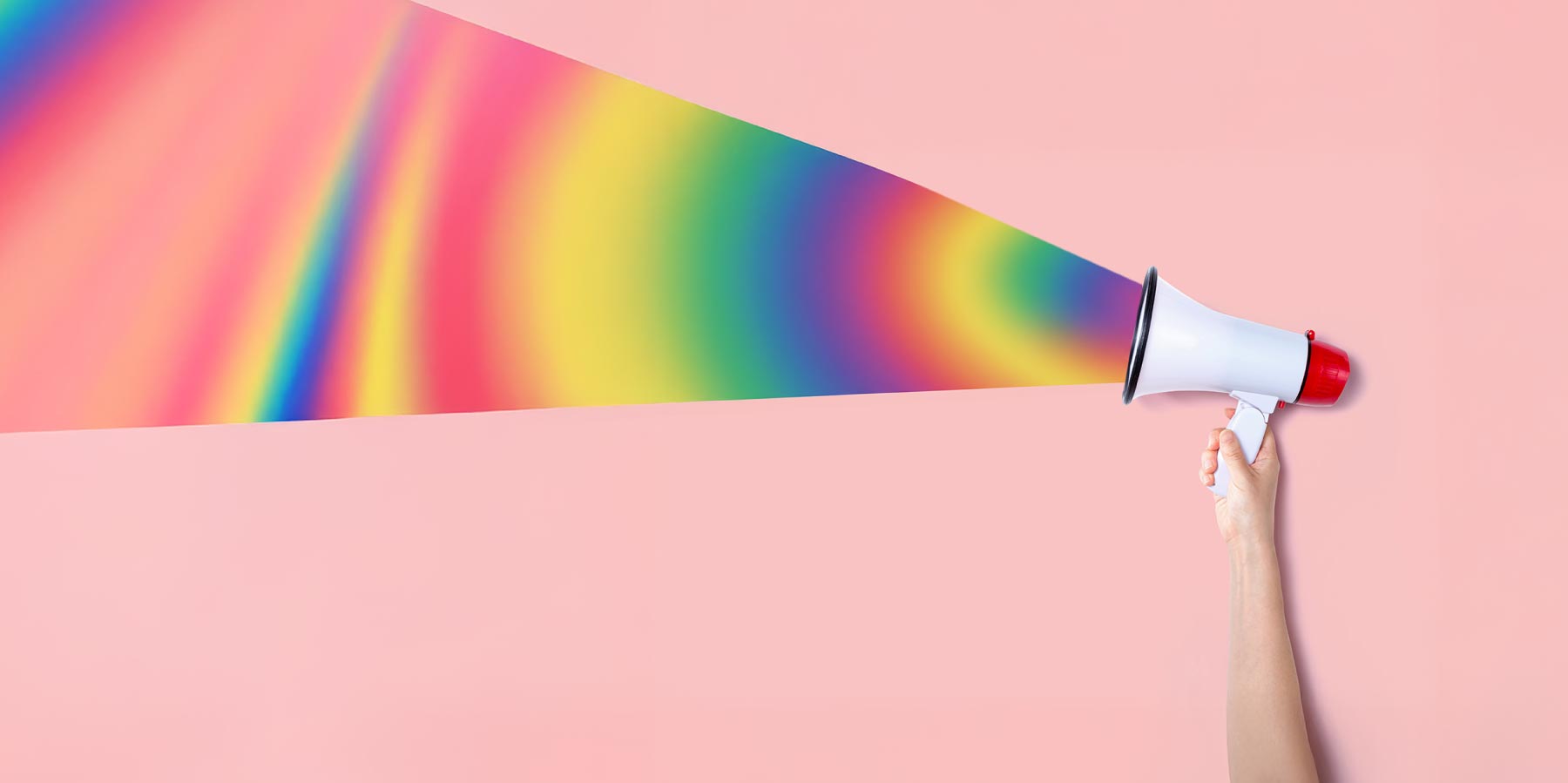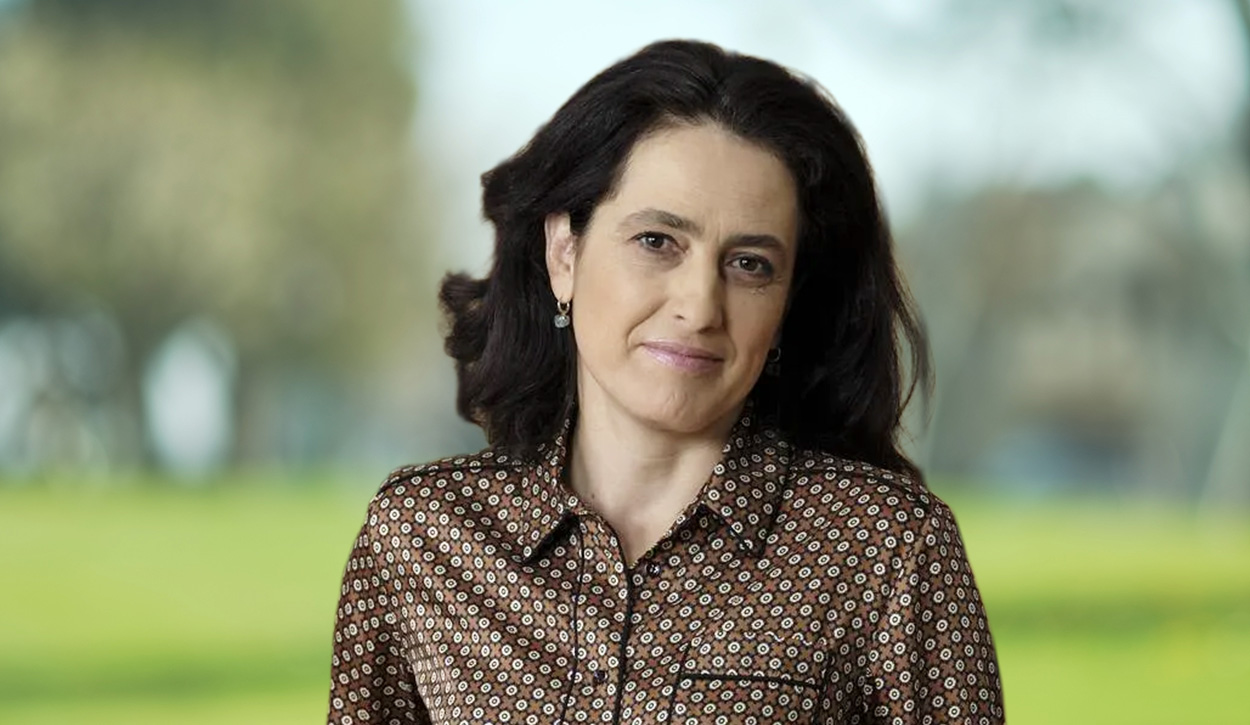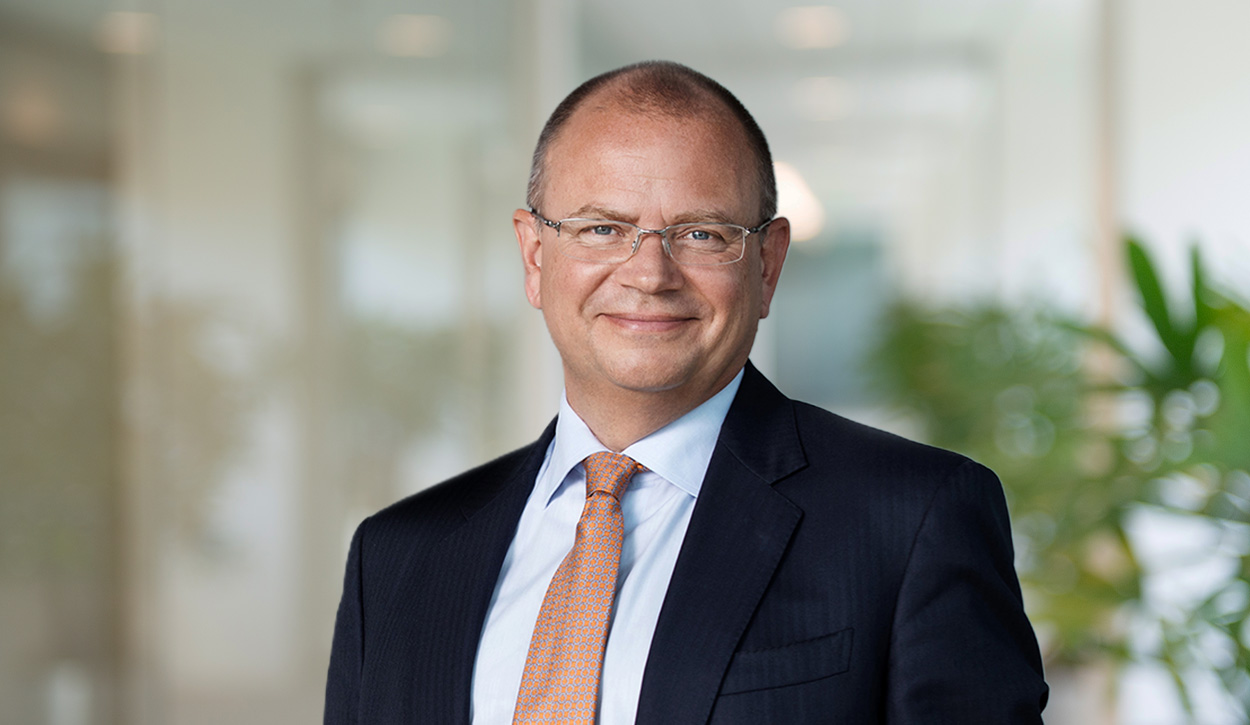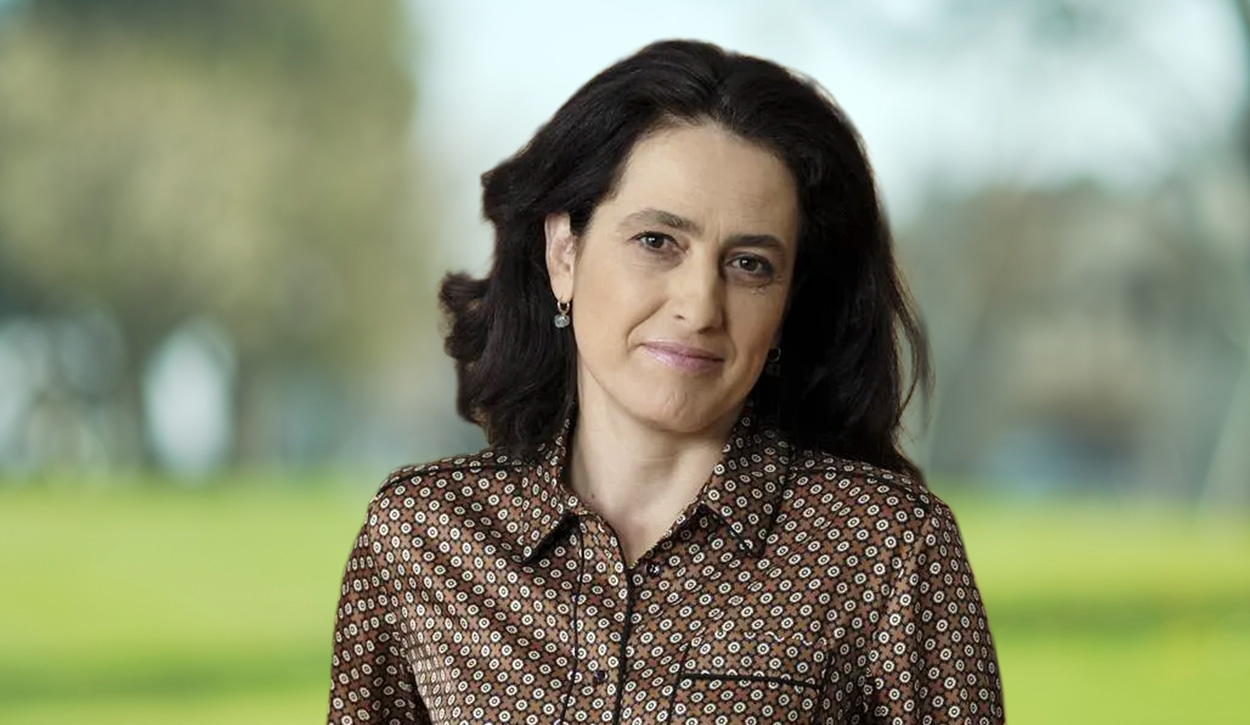Imagine a planet without dolphins? Without elephants, without lions, without tigers, without whales?
This book is written for both children and adults to entertain and educate.
Join storytime as Grandma recounts her adventures with an alphabet of wild animals to her granddaughter, Little Dove.
But with species loss accelerating at an alarming rate, will there be any creatures left for Little Dove to play with?
We have solutions that can make a difference.
Working together, we can step up to our responsibility to protect what we still can in this magical, more-than-human world.
Then we can have hope that instead of talking about
where the wild things were
we can speak to our children and grandchildren about
where the wild things are.
What did we do once we knew?
Imagine a planet without dolphins? Without elephants, without lions, without tigers, without whales? We are fast headed towards a world where that will be a fact. And along with the extinction of other creatures, we must now face the possibility of our own extinction too.
On October 30th 2018, the media reported on the release of the WWF’s Living Planet Report, a comprehensive study of trends in global biodiversity and the health of the planet that is based on the Living Planet Index from The Royal Zoological Society. One key statistic shared was that, in less than 50 years, we’ve seen an overall decline of 60% in population sizes of vertebrate species.
“This is far more than just being about losing the wonders of nature, desperately sad though that is,” said Mike Barrett, executive director of science and conservation at WWF UK. “This is actually now jeopardising the future of people. Nature is not a ‘nice to have’ – it is our life-support system.”
To ensure that the other species that inhabit our earth can survive and thrive, they need to have space. Experts say that, as of 2018, almost 15% of the Earth’s land surface and just over 7% of the world’s oceans are formally protected and that this needs to increase to 30% by 2030 and 50% by 2050. Today, only 4% of the world’s mammals are wild. The other 96% are livestock, domestic animals and humans.
As with any major change, there appears to be three ways in which people are responding to the daily news about the looming collapse of civilization as we know it; Denial, Distraction and Despair. With Denial, it is too difficult to face or accept and so, instead, we dismiss it and ignore the facts. With Distraction, we accept the situation but find it overwhelming and so seek refuge in the continuation of our day-to-day lives, tranquilized by the trivial, with small adjustments here and there. And then there is Despair, where people face the facts head on and then feel paralyzed or hopeless as they are confronted by the enormity of the loss in front of us.
However, a fourth way is to engage in Dialogue: to converse with each other to raise awareness and prompt action that can engender a sense of ‘functional hope’ about what can be done. How can leaders act with responsibility to create space for participatory dialogue where hope can flourish and decisive action be taken? How can we, collectively, challenge what is and inspire what could be?
The 2030 Agenda for Sustainable Development, adopted by all United Nations member states in 2015, provides a shared blueprint for peace and prosperity for people and the planet, now and into the future. At its heart are the 17 Sustainable Development Goals (SDGs), which are an urgent call for action by all countries – developed and developing – in a global partnership. They recognize that ending poverty and other deprivations must go hand-in-hand with strategies that improve health and education, reduce inequality and spur economic growth – all while tackling climate change and working to preserve our oceans and forests. SDG 17 calls for partnership for the goals as it is vital that we work together to meet the enormity of the challenge facing us. Businesses must work with NGOs, with governments, across countries and communities. Together, we can achieve more.
Susan has previously co-authored two award-winning business books, Care to Dare and Choosing Change, and, ironically, both these titles provide vital messages for humanity given the current world context. We must now consciously choose to change and both dare and care at a societal level; Dare to push for new technological solutions, new approaches to the way we do business, to our economic and societal models, and Care to look after what we can before it is too late. We must remember what it is we love about the natural world, and then do our utmost to preserve it. We must accept what we must let go of in our current ways of living to make the changes necessary and to work together in partnership to use our ingenuity as a force for good.
As a member of IMD’s faculty, Susan has the privilege of working with executives and discussing leadership and change at the individual, team, organizational and societal levels. When talking about the current world context, executives share that it is often our youth who are influencing the older generations – our children and grandchildren who hold us to account for what is happening to nature and life in this Age of the Anthropocene.
As a writer, storyteller and artist, Sydney is passionate about the need to raise awareness and appreciation for all creatures. She strives to capture the essence of every animal she paints and to write in a way that invokes an array of emotions in the reader.
There is a line in the poem ‘Hieroglyphic Stairway’ by Drew Dellinger that asks, “What did you do once you knew?” So, we asked ourselves, now we know, what will we do? This prompted us to create this storybook, Where the Wild Things Were, dedicated to all of us, our children and our children’s children and to all the species that co-exist on this rather special and unique place called Earth. We aim to express our care, to bear witness to the wonder in our world and to express the need for responsible leadership to protect what we still can before it is too late.
We both hope that you enjoy this book and feel moved to act in whatever way, big or small, to make an impact for the better in our more-than-human world.
“With the multitude of ecological challenges we are now facing on this planet, I am one of the many who feel compelled to speak up and out. I asked myself, What did I do once I knew? This book, created with Sydney Goldsworthy, is one contribution to act.” Affiliate Professor Susan Goldsworthy OLY
The Authors
Susan Goldsworthy OLY
Co-author
 A former Olympic finalist, European & Commonwealth medalist, life-long vegan and award-winning writer, Susan is passionate about working with others to turn knowledge into behavior. Affiliate Professor of Leadership & Organizational Change at IMD Business School, she is co-author of the award-winning books Care to Dare and Choosing Change, associate director of IMD senior leadership program, CLEAR and codirector of Skolkovo Business School & IMD leadership program, LIFT.
A former Olympic finalist, European & Commonwealth medalist, life-long vegan and award-winning writer, Susan is passionate about working with others to turn knowledge into behavior. Affiliate Professor of Leadership & Organizational Change at IMD Business School, she is co-author of the award-winning books Care to Dare and Choosing Change, associate director of IMD senior leadership program, CLEAR and codirector of Skolkovo Business School & IMD leadership program, LIFT.
Susan has more than 20 years’ senior management experience in large multinationals and, for more than a decade, has run her own company focusing on leadership development, change communications and executive coaching.
For her Doctorate in Organizational Change with Hult Ashridge Business School, Susan has been researching the role of Hope in the current world context. She holds a Masters degree (MSc) in Consulting and Coaching for Change with HEC and Oxford University, an Executive Masters in the Neuroscience of Leadership, and certification in Coaching for Leadership & Professional Development with The Tavistock Institute. She is qualified in numerous psychometric assessments and is a Climate Reality Leader.
It is her hope that by cutting through Denial, Distraction and Despair, we can cultivate a desire for dialogue about how best to protect what we still can of this magical more-than-human world.
Sydney Goldsworthy
Co-author and Illustrator
 Sydney runs GoldsWoof where she creates various stylistic, colorful and abstract portraits of a myriad of subjects. A story-teller at heart, she has always valued each medium for its capacity to evoke emotions and convey meaning.
Sydney runs GoldsWoof where she creates various stylistic, colorful and abstract portraits of a myriad of subjects. A story-teller at heart, she has always valued each medium for its capacity to evoke emotions and convey meaning.
Raised vegetarian and surrounded by animals, she has always had a sensitive heart, caring deeply for the living creatures all around us. Through her art she hopes to raise awareness and appreciation for endangered species as well as life in its many wonderful forms. Sydney loves to learn about our world and she hopes she might be able to educate others by communicating what she discovers.
Influenced by cosmology, mythology, fantasy, science and philosophy, her belief is that we must strive to be compassionate, aiming to help one another to grow. With open hearts and minds we can achieve harmony and balance. Let us steer our world towards a brighter, more sustainable future, the only way we can: together.
![61hxz5+sKsL._SY403_BO1,204,203,200_[1] - IMD Business School - IMD Business School](https://www.imd.org/wp-content/uploads/2022/08/61hxz5sKsL._SY403_BO1204203200_1.jpg)


